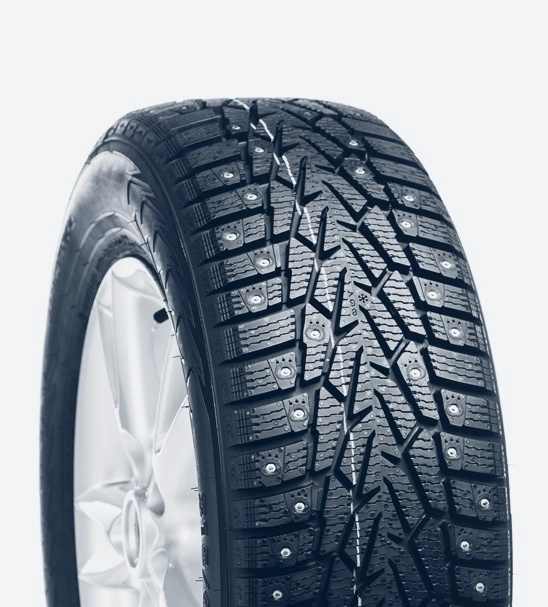transmission seal
Understanding Transmission Seals Importance and Maintenance
Automobile transmissions play a crucial role in the functionality of vehicles, enabling them to change gears and manage power effectively. An integral component of this system is the transmission seal, which is often overlooked by many vehicle owners until a problem arises. This article delves into the importance of transmission seals, their types, and how to maintain them to ensure the longevity and efficiency of your vehicle.
What is a Transmission Seal?
A transmission seal is a component that prevents the leakage of transmission fluid, which is essential for lubricating and cooling the moving parts within the transmission system. There are typically several different types of seals used in an automotive transmission, including input seals, output seals, and pan gaskets. Each seal is designed to perform specific functions, ensuring that the transmission operates smoothly without leaks.
Types of Transmission Seals
1. Input Seals Located at the front of the transmission, input seals help maintain the proper amount of fluid by keeping it from leaking out where the driveshaft enters the transmission. A failing input seal can lead to a significant loss of fluid, resulting in transmission overheating and eventual failure.
2. Output Seals These seals are found at the rear of the transmission and are responsible for containing fluid where the driveshaft leaves the transmission. Like input seals, output seals can also cause leaks, leading to transmission malfunctions.
3. Pan Gaskets The transmission pan gasket sits between the transmission pan and the transmission case. It seals the fluid within the pan and is crucial for preventing leaks that can lead to low fluid levels and transmission problems.
Importance of Transmission Seals
The importance of transmission seals cannot be overstated. They are essential in maintaining the integrity of the transmission system. If any of the seals fail, transmission fluid can leak out, leading to a low fluid level, which can cause the transmission to overheat, wear out quickly, and ultimately fail. This can result in costly repairs and may leave you stranded if the vehicle fails to operate. Therefore, understanding how to identify early signs of seal failure can save vehicle owners a considerable amount of money and hassle.
Signs of Seal Failure
1. Fluid Leaks One of the most obvious signs of transmission seal failure is the presence of red or brown puddles of fluid under your vehicle. If you notice fluid leaking after parking, it's time to investigate further.
transmission seal

2. Transmission Slipping If your vehicle struggles to change gears or the transmission slips unexpectedly, it may be due to low fluid levels caused by leaking seals.
3. Burning Smell Overheating can occur when the transmission does not have enough fluid due to leaks. If you detect a burning smell from the transmission area, this could indicate a serious issue related to seals.
4. Unusual Noises Grinding or whining noises coming from the transmission may suggest that seals are failing, leading to inadequate lubrication of moving parts.
Maintenance of Transmission Seals
Regular maintenance is crucial for ensuring the longevity of transmission seals and the overall transmission system. Here are some tips for maintaining your vehicle’s transmission
1. Check Fluid Levels Regularly check the transmission fluid levels and look for signs of leaks. If the fluid is low, top it up with the recommended transmission fluid for your vehicle.
2. Fluid Changes Follow the manufacturer’s recommendations for fluid changes. Fresh transmission fluid can help keep seals lubricated and functioning correctly, reducing the risk of leaks.
3. Visual Inspections Periodically inspect your transmission for external leaks or signs of wear on the seals. Early detection can mitigate more significant issues.
4. Professional Maintenance Have your transmission system inspected and serviced by a professional mechanic, particularly if you notice any signs of trouble. They can address seal replacements and other necessary repairs.
Conclusion
Transmission seals are small components with a significant impact on the overall performance of your vehicle. By understanding their importance, recognizing the signs of failure, and performing regular maintenance, you can help ensure the reliability and longevity of your vehicle’s transmission system. Protecting your investment through proactive care not only enhances performance but also ensures your safety on the road.
-
Understanding the Front Main Engine Seal: Purpose, Maintenance, and Installation
News Jul.29,2025
-
Understanding O-Rings and Seal Rings: Types, Applications, and Custom Solutions
News Jul.29,2025
-
Understanding Crankshaft Oil Seals: Rear Seals, Pulley Seals, and Their Role in Engine Integrity
News Jul.29,2025
-
The Importance of Front and Rear Crankshaft Seals in Engine Performance and Oil Management
News Jul.29,2025
-
Crank Oil Seals: Functions, Types, and Cost Considerations in Engine Maintenance
News Jul.29,2025
-
A Comprehensive Guide to O-Rings and Seals: Types, Materials, and Global Applications
News Jul.29,2025
-
Mastering Diesel and Performance Engine Maintenance: A Guide to Critical Oil Gaskets
News Jul.28,2025
Products categories















